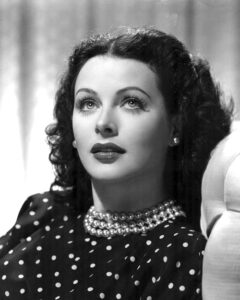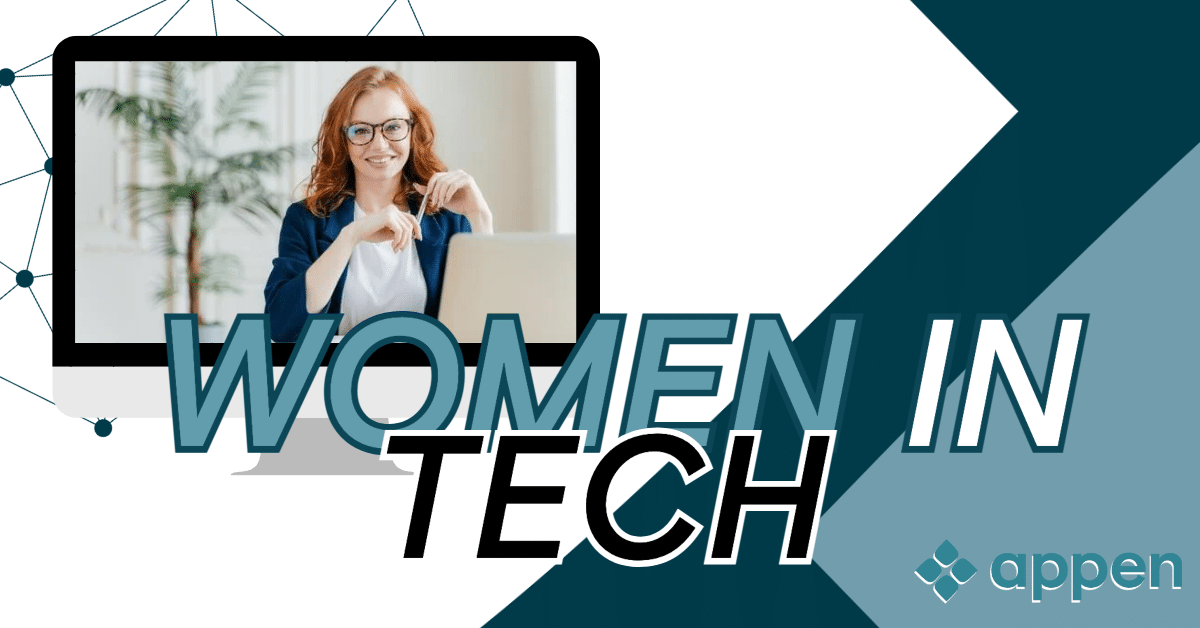In celebration of International Women’s History Month, we’re shining a light on the accomplishments of women in the field of technology and beyond! We at Appen are proud to recognize and honor women’s countless contributions to our world. We remain committed to providing opportunities for women to grow and empower the next generation of leaders. This week we are looking at the achievements of women in tech.
Ada Lovelace: the First Computer Programmer

Lovelace is known as the first programmer because she wrote about how the notion of a specific engine could transition calculation to computation
At a young age, Anna Isabella-Byron and Lord Byron noticed a strong aptitude for mathematics and machines in their daughter, Ada. Her interest in learning more about how things work lead to her being mentored by Charles Babbage, the inventor of the “analytical engine.” As a result of her work with Baggae, Lovelace is known as one of the world’s first computer programmers. Years later, Alan Turing would use her work as inspiration for the first modern computer in the 1940s.
In 2009, Suw Charman-Anderson founded Ada Lovelace Day, which focuses on encouraging women to be more vocal in the STEM field. According to Finding Ada, “[it] is an international celebration of the achievements of women in science, technology, engineering and maths (STEM). It aims to increase the profile of women in STEM and, in doing so, create new role models who will encourage more girls into STEM careers and support women already working in STEM.”
Annie Easley: Alternative Energy and Hybrid Car Batteries

Easley tutored elementary and high school children as well as young adults who had dropped out of school in a work-study program
Annie Easley was born in Birmingham, Alabama in 1933. In the early stages of her career, she focused on the field of pharmaceuticals as she had majored in pharmacy at Xavier University. She applied for a position at the National Advisory Committee for Aeronautics after relocating from Alabama to Cleveland with her husband. Her work at NACA involved developing code that would lead to the development of batteries used in hybrid cars.
Her career spanned 34 years and included developing and implementing computer code that focused on alternative power technology such as solar and wind energy, examining damage to the ozone layer, as well as work on the Centaur rocket. Easley worked in four different departments during her time at NACA: the Computer Services Division, the Energy Directorate, the Launch Vehicles Group, and the Engineering Directorate.
Hedy Lamarr: Self-Taught Inventor of Wi-Fi
Hedy Lamarr may have primarily been known for being an actress, but her contributions to the world of tech led to many different systems that we still use to this day. In 1942 she patented the idea for a “secret communication system” This ground breaking frequency hopping system was intended to be used to run radio-guided torpedos off course during World War II. The technology eventually led to the development of Wi-Fi, GPS, and bluetooth. Lamarr was a self-taught inventor.

When Lamarr wasn’t acting she was working on new projects and inventions
She often accompanied her husband, Friedrich Mandl, to business meetings where he met with scientists and other professionals in the field of military technology. This led to her interest in science and technology. Despite having no formal training, she pursued inventing as a hobby and pursued many different ideas including an improved traffic stoplight and a tablet that would dissolve in water to create a carbonated drink.

